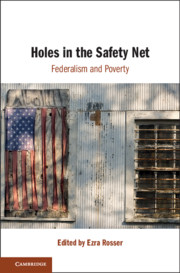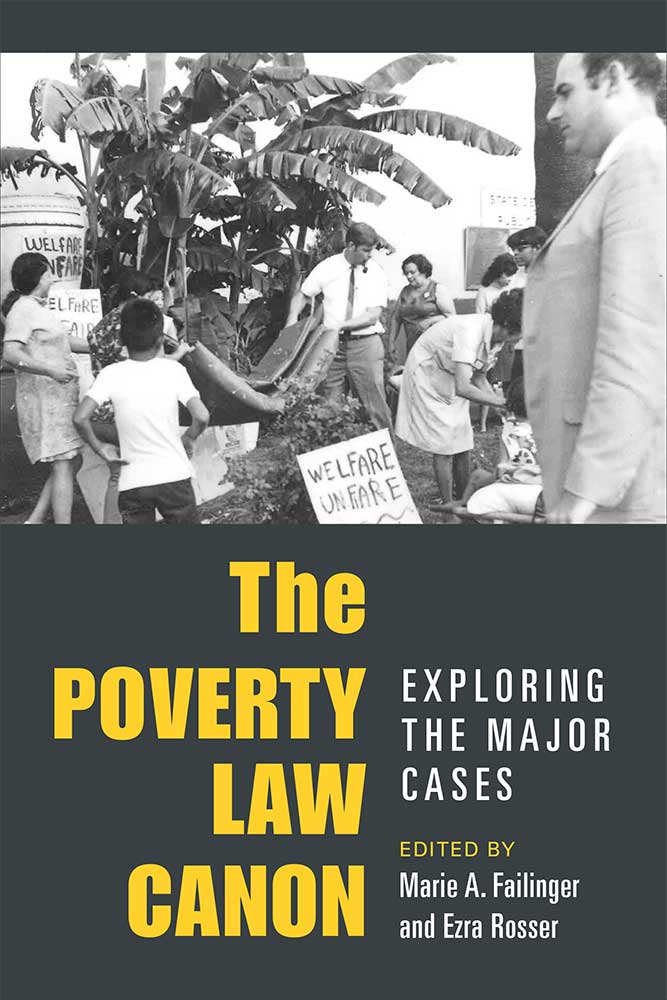New Articles: 33:6 Housing Policy Debate (2023).
Whitney Airgood-Obrycki, Alexander Hermann & Sophia Wedeen, “The Rent Eats First”: Rental Housing Unaffordability in the United States, 33:6 Housing Pol. Debate 1272 (Mar. 2022).
Matthew M. Brooks, Measuring America’s Affordability Problem: Comparing Alternative Measurements of Affordable Housing, 33:6 Housing Pol. Debate 1293 (Jan. 2022).
Jovanna Rosen, Victoria Ciudad-Real, Sean Angst & Gary Painter, Rental Affordability, Coping Strategies, and Impacts in Diverse Immigrant Communities, 33:6 Housing Pol. Debate 1313 (Feb. 2022).
Michael Manville, Paavo Monkkonen, Michael C. Lens & Richard Green, Renter Nonpayment and Landlord Response: Evidence From Covid-19, 33:6 Housing Pol. Debate 1333 (July 2022).
Eric Seymour, Corporate Landlords and Pandemic and Prepandemic Evictions in Las Vegas, 33:6 Housing Pol. Debate 1368 (Sept. 2022).
Emily A. Benfer, Robert Koehler, Alyx Mark, Valerie Nazzaro, Anne Kat Alexander, Peter Hepburn, Danya E. Keene & Matthew Desmond, COVID-19 Housing Policy: State and Federal Eviction Moratoria and Supportive Measures in the United States During the Pandemic, 33:6 Housing Pol. Debate 1390 (June 2022).
Vincent Fusaro, Rebekah Levine Coley & Naoka Carey, Shelter From the Storm: State Eviction Moratoria, Implementation Context, and Eviction Filings During the First Two Years of the COVID-19 Pandemic, 33:6 Housing Pol. Debate 1415 (June 2023).
AJ Golio, Grace Daniels, Russell Moran, Y. Frank Southall & Tricia Lamoza, Eviction Court Outcomes and Access to Procedural Knowledge: Evidence From a Tenant-Focused Intervention in New Orleans, 33:6 Housing Pol. Debate 1443 (Aug. 2022).
Henry Gomory, Douglas S. Massey, James R. Hendrickson & Matthew Desmond, The Racially Disparate Influence of Filing Fees on Eviction Rates, 33:6 Housing Pol. Debate 1463 (May 2023).
Wonyoung So, Which Information Matters? Measuring Landlord Assessment of Tenant Screening Reports, 33:6 Housing Pol. Debate 1484 (Aug. 2022).
Chris Hess, Rebecca J. Walter, Ian Kennedy, Arthur Acolin, Alex Ramiller & Kyle Crowder, Segmented Information, Segregated Outcomes: Housing Affordability and Neighborhood Representation on a Voucher-Focused Online Housing Platform and Three Mainstream Alternatives, 33:6 Housing Pol. Debate 1511 (Nov. 2022).
Nathaniel Decker, The Prevalence, Profitability, and Risks of Milking Among Low-End Small Rental Properties, 33:6 Housing Pol. Debate 1536 (May 2023).
Katherine Levine Einstein, Joseph T. Ornstein & Maxwell Palmer, Who Represents the Renters?, 33:6 Housing Pol. Debate 1554 (Sept. 2022).







